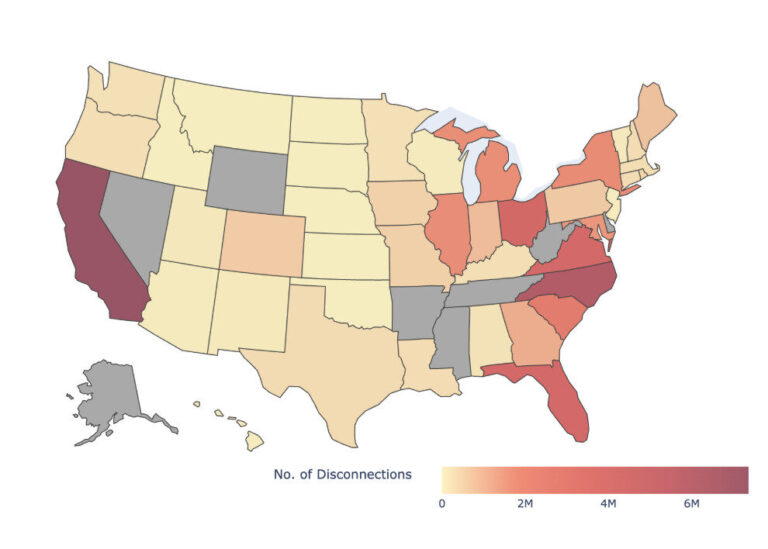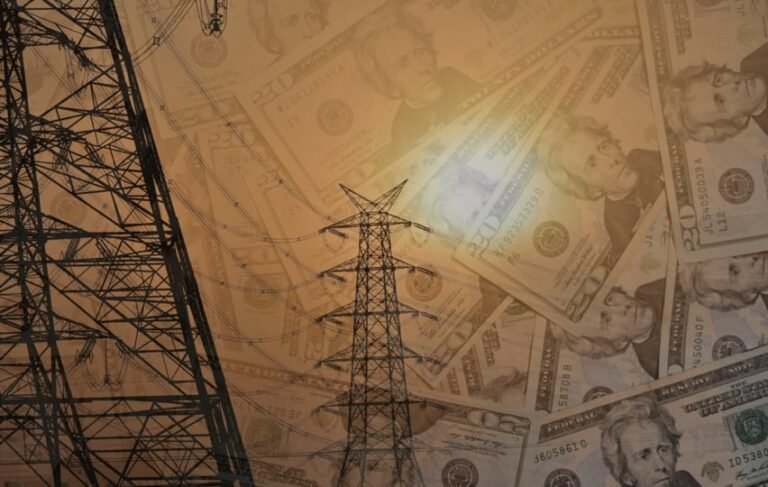Message to Dems: Natural Gas Won’t Save the Climate
Last week, a study published in the journal Nature found that the increase in global natural gas consumption “is not necessarily an effective substitute for climate change mitigation policy.” The study’s conclusion undercuts climate change policies that use natural gas as a key tool in an effort to decrease greenhouse gas emissions.
Five models that integrate energy, economy, and climate systems were used in the study, which concluded that Earth’s global average surface temperature would increase above 2°C (over preindustrial levels) by 2050, which is the agreed upon limit to avoid the risk of runaway climate change. The Earth has warmed 0.85°C from preindustrial times to 2012, according to the Intergovernmental Panel on Climate Change (IPCC), the international body tasked with assessing climate science.
The Pacific Northwest National Laboratory’s study, “Limited impact on decadal-scale climate change from increased use of natural gas,” found that the increase in natural gas consumption around the world would decrease the amount of coal being consumed. But, the increased market for natural gas will also weaken the market penetration of additional zero-carbon sources like wind, solar, and nuclear energy. Therefore, despite natural gas infrastructure replacing the use of coal, the increased use of natural gas will still push the world towards climate devastation.
Another study from Stanford University drew similar conclusions last year. The Stanford study, “Changing the Game? Emissions and Market Implications of New Natural Gas Supplies” found that natural gas would displace renewables and nuclear, which would ultimately increase U.S. carbon dioxide emissions through 2050.
However, the Pacific Northwest National Laboratory study in Nature comes at an interesting time for the Obama administration. When speaking at a Barclays Capital energy forum on September 2, EPA Administrator Gina McCarthy said the Environmental Protection Agency (EPA) would issue a methane strategy that could include regulations on oil and gas wells this fall. Over a 100-year timeframe, methane is a greenhouse gas that is about 34 times as potent as change-driving carbon dioxide; over 20 years, it’s 86 times as potent.
But even if the oil and gas industry were to make a concerted effort to reduce methane leakage, decreasing those rates would still not make natural gas a “bridge” fuel to climate-safe economy, according to the study in Nature.
New Science Unlikely to Change Administration’s Climate Policy
Despite the forthcoming strategy on methane, the natural gas industry’s support from the White House shows no signs of disappearing. Administrator McCarthy, Secretary Moniz, and President Obama all continue to echo the ‘All of the above’ talking points and continue to praise the industry, claiming natural gas can be used as a “bridge fuel.” With the construction of new natural gas power plants each year (and because the average age of a natural gas power plant is only 14 years), the U.S. will be locked into using natural gas for decades to come. Even the Administration’s central pillar in reducing greenhouse gas emissions, the Clean Power Plan, projects natural gas will be the leading fuel for power generation in 2030.
To make matters worse, the Obama Administration recently approved a fourth facility to export liquefied natural gas (LNG). Dominion Resources’ Cove Point facility, south of Baltimore, Maryland, is expected to export as many as 1.8 billion cubic feet of natural gas per day (Bcf/d). The other three projects approved (Cameron Parish, Louisiana; Hackberry, Louisiana; and Quintana Island on the Texas Gulf Coast) are projected to export a combined total of 5.9 Bcf/d. And, at least 14 more projects totaling 17.4 Bcf/d are waiting for approval from the Federal Energy Regulatory Commission (FERC).
Despite Support from Democrats, the Natural Gas Industry Supports Republicans
It has become common for Democrats to include natural gas in climate and clean energy policies – even praising the industry in front of environmental groups. But despite this friendly nod, the industry was working with Republicans to wrestle control of Congress from Democrats in 2012 and continues working with Republicans to win the Senate and gain more seats in the House this election cycle. Ultimately, both the reality of methane leakage for natural gas deposits and the new study published in Nature means the politics will have to change if either Democrats or Republicans are serious about addressing the climate problem.
In 2012, the natural gas industry’s campaign contributions supported Republican candidates over Democratic candidates by a factor of seven to one. And in 2014, the industry is supporting Republicans over Democrats by a factor of six to one.
Even the four companies that have their projects approved to export LNG (Cheniere Energy, Dominion Resources, Freeport LNG Development, and Sempra Energy) are donating more to Republicans ($873,761) than Democrats to ($606,114) according to campaign finance data from OpenSecrets through the third quarter of 2014.
The U.S. Must Increase the Deployment of Renewables
The only way to decrease greenhouse gas emissions is by investing and deploying renewable energy and other clean technologies – not increasing our reliance on natural gas. According to new analysis from Greenpeace’s Energydesk site, renewables have been responsible for 40% of the drop in U.S. emissions since 2005, with the remaining 30% arising from improved efficiency. This new evidence counters the notion that natural gas was responsible for the drop in U.S. emissions in recent years. However, if the Administration will not change its tone when it comes to natural gas and continue to approve LNG facilities, the EPA can at least strengthen the renewable energy “building block” in the Clean Power Plan, which the Union of Concerned Scientists has recommended in a recent report.
The top 10 U.S. natural gas producers are: ExxonMobil; Chesapeake Energy; Anadarko; Southwestern Energy Co.; Devon Energy; ConocoPhillips; BP; Cabot Oil & Gas; BHP Billiton; and Chevron.



